Are You Using Your Slow Cooker Properly?
Don’t you love how the slow cooker makes it possible (and safe!) to cook entire meals unattended (allowing you to free up other areas of the kitchen or tackle the day's to-do list)?
However, professional cooks say slow cooker cooking is very different from stovetop cooking. For a successful dish, there are important steps and techniques that you should follow to be sure you’re using it properly.
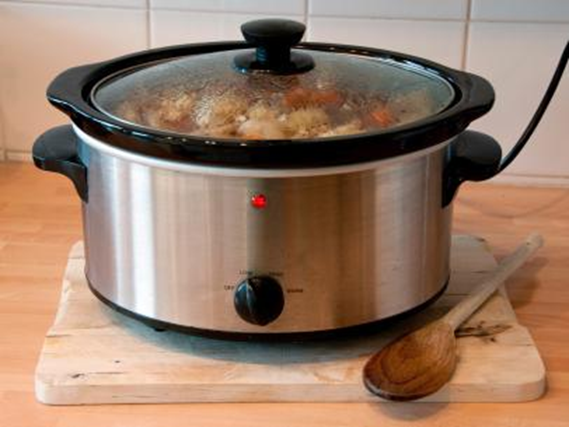
I learned all about these in a recent article from Martha Stewart. She asked chefs and cooking teachers to explain what we should never do while slow cooking food, plus ways to avoid the most common slow cooker mistakes.
FIRST OF ALL, NEVER ADD DELICATE VEGETABLES TOO SOON. Due to the slow cooker's lengthy cooking time, most vegetables get overcooked and mushy if added too soon. This is especially true of delicate produce like zucchini or peas. Add them at the end of the cooking process to preserve their texture and taste. (The exception is pureed soup.)
Meanwhile, fibrous vegetables (i.e. onions and carrots), can be added early as they'll hold their structure. But be sure to cut them into large pieces to ensure they maintain their shape. It's also recommended to place these items on the bottom or near the sides of the slow cooker, as they take longer to cook than meat.
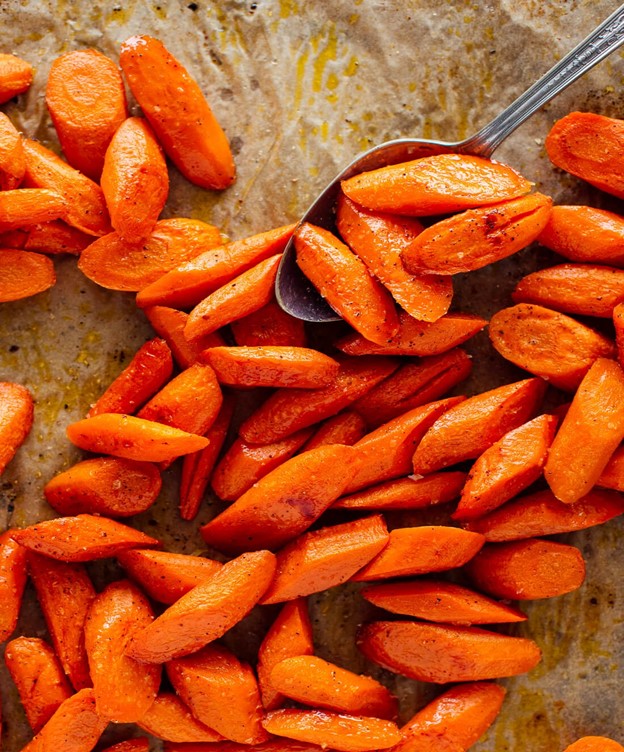
NEXT, NEVER OVERFILL THE COOKER. It’s tempting to fill it to the top, especially if you’re preparing a big-batch recipe or cooking for a crowd. But filling it to the top is considered overfilling. When too full, it can’t heat food evenly, then some parts of the dish overcook, while others remain undercooked. There’s also risk of foodborne illness because food might not reach a safe temperature throughout.
Lastly, overfilling can lead to spill-overs. The ideal is to fill it about three quarters full so there's room for ingredients and liquid to expand.
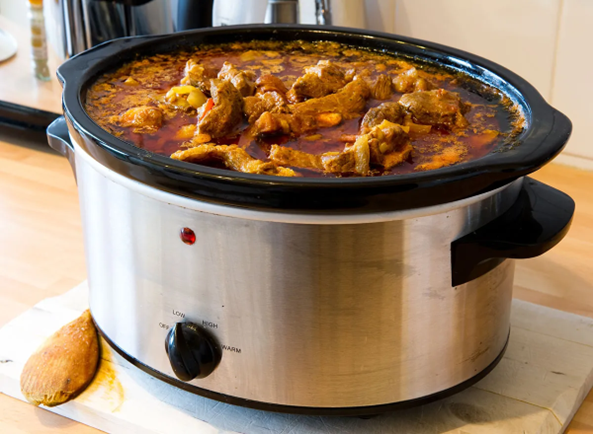
ALSO, NEVER NEGLECT REDUCING SOUP/STEW LIQUIDS. When making a stovetop soup or stew recipe in a slow cooker, using the same amount of liquid yields a watery, not-so-pleasant dish. The slow cooker’s tight seal causes steam and juices to accumulate and they don’t evaporate as much.
To avoid excess liquid, start by reducing it by 10 to 20 percent. (NOTE: The Crockpot website says most slow cooker recipes won't need more than 1/2 to 1 cup liquid, as slow cooking will preserve the natural juices in meats and vegetables.)
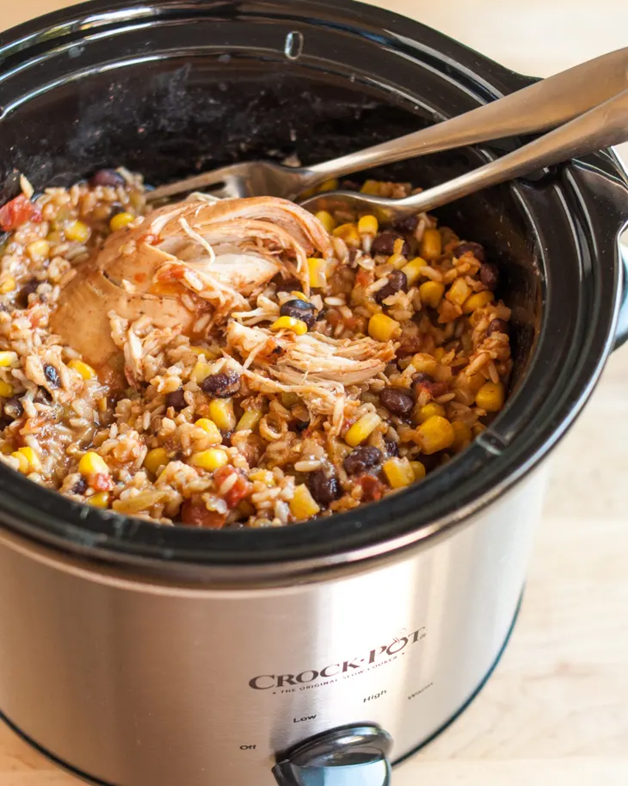
If you do end up with too much liquid, though, simply add cornstarch or tapioca starch; cook 15 minutes more on high heat. OR, remove the meat and vegetables, and heat the liquid on the stovetop (sans lid) until it's thickened and reduced.
AND NEVER NEGLECT SEARING MEAT BEFORE PLACING IT IN THE COOKER. This extra step facilitates more even cooking. Searing brings on the Maillard reaction (caramelization on the meat’s surface, which provides more flavor and color), and changes the meat's exterior texture (ensuring it holds up to slow cooking and doesn't disintegrate during cooking).
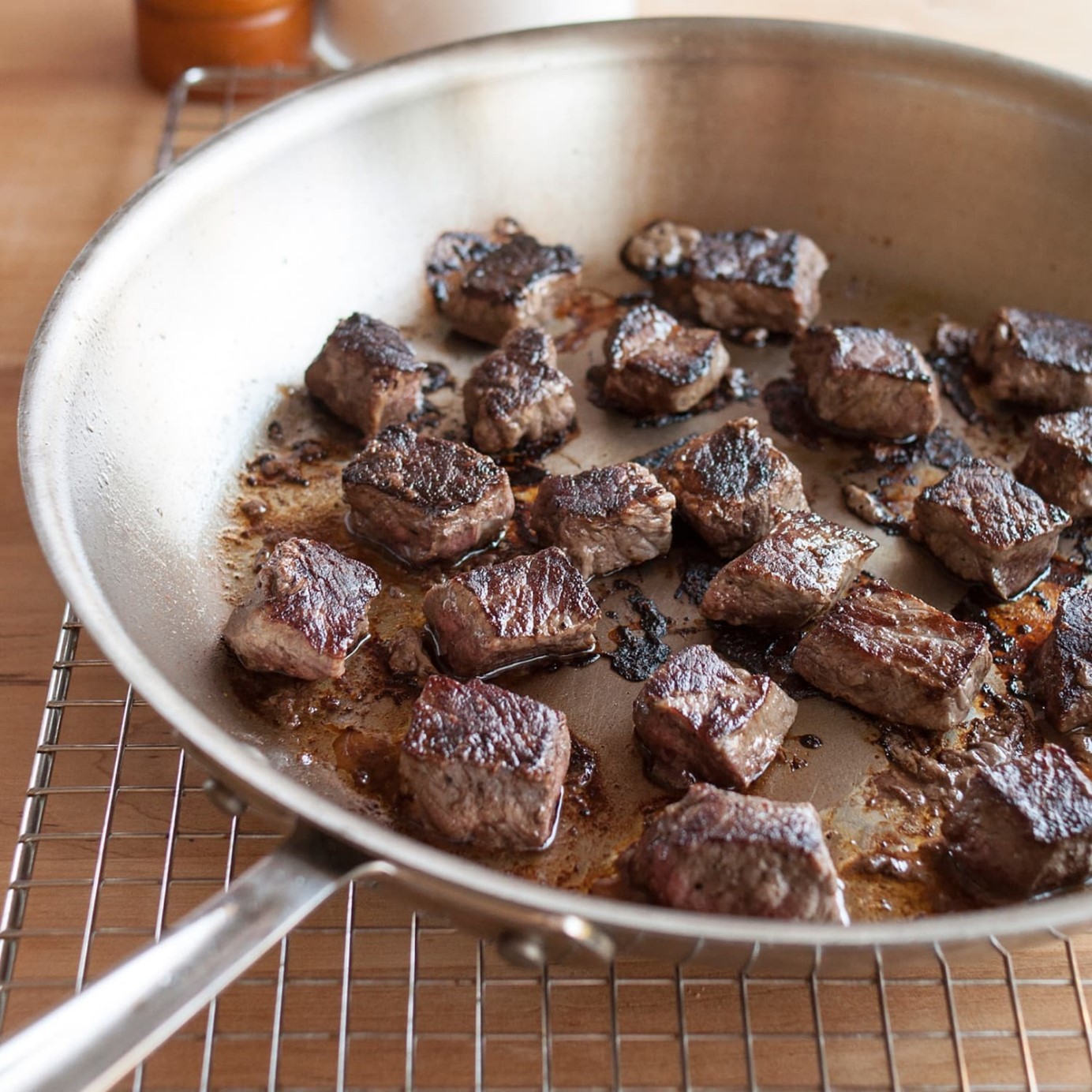
AND NEVER PUT FROZEN FOOD IN A SLOW COOKER. Directly adding frozen foods significantly increases the time it takes for the appliance to reach a safe cooking temperature. As a result, it will stay in the temperature danger zone (between 40 and 140 degrees) for a longer time, allowing foodborne illness-causing bacteria to multiply and grow. Frozen ingredients also cool the other ingredients. Therefore, it's best to thaw frozen foods before adding them in.
FINALLY, NEVER ADD FRESH HERBS TOO SOON. Adding them at the start will overcook them; they’ll lose pungency if cooked too long. Always add them at the end of cooking or as a garnish.
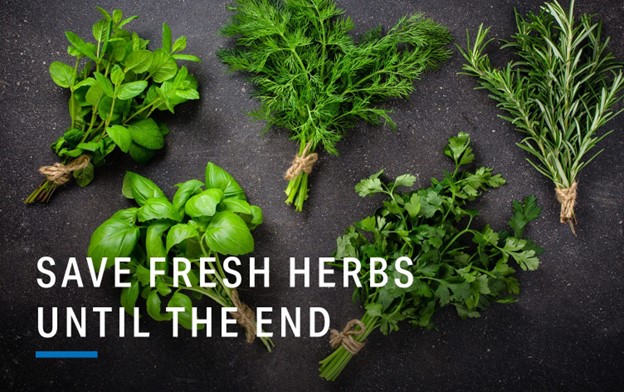
Dried herbs, however, do best when added in the beginning. Dried herbs can withstand a slow cooker’s temperature and time. The cooking process also helps dried herbs flavor a dish as they're rehydrated and heated.
blog comments powered by Disqus
However, professional cooks say slow cooker cooking is very different from stovetop cooking. For a successful dish, there are important steps and techniques that you should follow to be sure you’re using it properly.

I learned all about these in a recent article from Martha Stewart. She asked chefs and cooking teachers to explain what we should never do while slow cooking food, plus ways to avoid the most common slow cooker mistakes.
FIRST OF ALL, NEVER ADD DELICATE VEGETABLES TOO SOON. Due to the slow cooker's lengthy cooking time, most vegetables get overcooked and mushy if added too soon. This is especially true of delicate produce like zucchini or peas. Add them at the end of the cooking process to preserve their texture and taste. (The exception is pureed soup.)
Meanwhile, fibrous vegetables (i.e. onions and carrots), can be added early as they'll hold their structure. But be sure to cut them into large pieces to ensure they maintain their shape. It's also recommended to place these items on the bottom or near the sides of the slow cooker, as they take longer to cook than meat.

NEXT, NEVER OVERFILL THE COOKER. It’s tempting to fill it to the top, especially if you’re preparing a big-batch recipe or cooking for a crowd. But filling it to the top is considered overfilling. When too full, it can’t heat food evenly, then some parts of the dish overcook, while others remain undercooked. There’s also risk of foodborne illness because food might not reach a safe temperature throughout.
Lastly, overfilling can lead to spill-overs. The ideal is to fill it about three quarters full so there's room for ingredients and liquid to expand.

ALSO, NEVER NEGLECT REDUCING SOUP/STEW LIQUIDS. When making a stovetop soup or stew recipe in a slow cooker, using the same amount of liquid yields a watery, not-so-pleasant dish. The slow cooker’s tight seal causes steam and juices to accumulate and they don’t evaporate as much.
To avoid excess liquid, start by reducing it by 10 to 20 percent. (NOTE: The Crockpot website says most slow cooker recipes won't need more than 1/2 to 1 cup liquid, as slow cooking will preserve the natural juices in meats and vegetables.)

If you do end up with too much liquid, though, simply add cornstarch or tapioca starch; cook 15 minutes more on high heat. OR, remove the meat and vegetables, and heat the liquid on the stovetop (sans lid) until it's thickened and reduced.
AND NEVER NEGLECT SEARING MEAT BEFORE PLACING IT IN THE COOKER. This extra step facilitates more even cooking. Searing brings on the Maillard reaction (caramelization on the meat’s surface, which provides more flavor and color), and changes the meat's exterior texture (ensuring it holds up to slow cooking and doesn't disintegrate during cooking).

AND NEVER PUT FROZEN FOOD IN A SLOW COOKER. Directly adding frozen foods significantly increases the time it takes for the appliance to reach a safe cooking temperature. As a result, it will stay in the temperature danger zone (between 40 and 140 degrees) for a longer time, allowing foodborne illness-causing bacteria to multiply and grow. Frozen ingredients also cool the other ingredients. Therefore, it's best to thaw frozen foods before adding them in.
FINALLY, NEVER ADD FRESH HERBS TOO SOON. Adding them at the start will overcook them; they’ll lose pungency if cooked too long. Always add them at the end of cooking or as a garnish.

Dried herbs, however, do best when added in the beginning. Dried herbs can withstand a slow cooker’s temperature and time. The cooking process also helps dried herbs flavor a dish as they're rehydrated and heated.
 Alice Osborne
Alice Osborne
Weekly Newsletter Contributor since 2006
Email the author! alice@dvo.com
Sources:
- www.foodnetwork.com
- www.cookieandkate.com
- www.eatthisnotthat.com
- www.thekitchn.com
- www.blog.myfitnesspal.com
